Just as the paparazzi crowds around the Kardashians of the world, some Indian tigers have reached celebrity status in their National Parks. Photographers vie each other on who has the best picture of them, while other visitors flock just to catch glimpses of them. Here’s a look at some of India’s most well-known tigers and their stories.
Bamera, Bandhavgarh NP:
Bamera – the tiger that was as big as a car’s bonnet. At least, that’s how locals described him. Bamera roamed the Tala range of Bandhavgarh National Park. He was well known for his calm disposition and for being a good stay-at-home father to his cubs.

Bamera: the star of Bandhavgarh! (Image Courtesy - Sushil Chikane)
Collarwali, Pench TR:
Born in 2005, Collarwali was made famous by the documentary series, Spy in the Jungle, shot in Pench Tiger Reserve. The entire world watched her and her sibling grow up and find their own ways in life. Known as Collarwali for her radio collar, she has given birth to a record 30 cubs in 8 litters. She’s a supermom indeed!
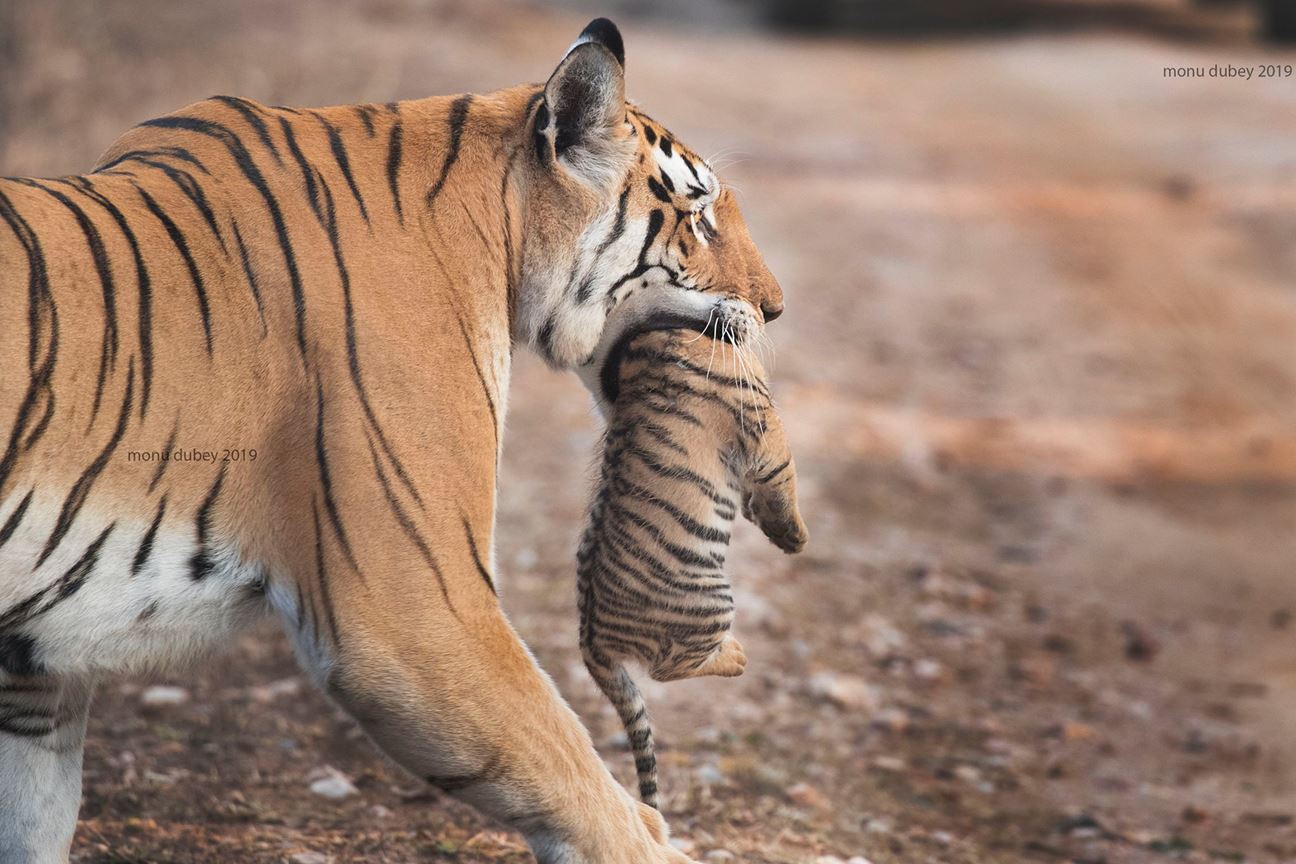
The Queen of the Jungle! (Image Courtesy-Collarwali, Pench TR, Monu Dubey)
Jai, Umred-Karhandla WLS:
Born in Nagzira Wildlife Sanctuary, Jai migrated over 130 kilometres to reach Umred-Karhandla WLS. People there will fondly tell you, he journeyed a long way looking for love – although males are known to disperse over long distances once they reach adulthood. Jai disappeared unexpectedly in April 2016 and there are strong suspicions that he was a victim of poaching.
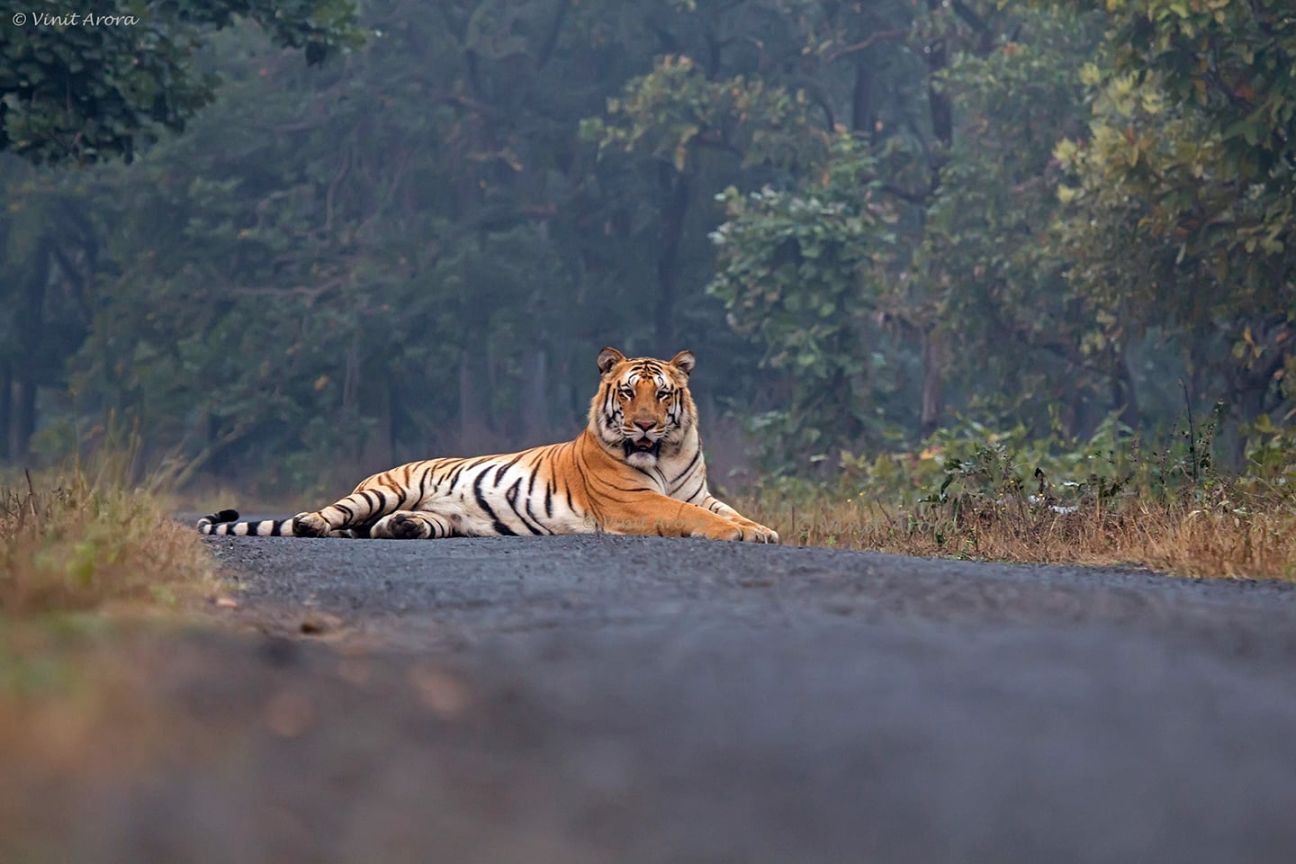
Following his disappearance, this beloved tiger was presumed dead. (Image Courtesy - Jai, Umred-Karhandla WLS, Vinit Arora)
Machli, Ranthambore:
Machli probably needs no introduction. She roamed Ranthambore National Park for 19 years, defended her cubs, and on one legendary occasion fought and defeated a 14-foot long crocodile. Named after the fish-shaped mark on her face, Machli’s popularity with tourists earned the Indian Government nearly $100 million, earning her a Travel Operators for Tigers (TOFT) Lifetime Achievement Award. She passed away at the ripe old age of 20, and was cremated in the Hindu tradition with the full rites usually reserved for humans.
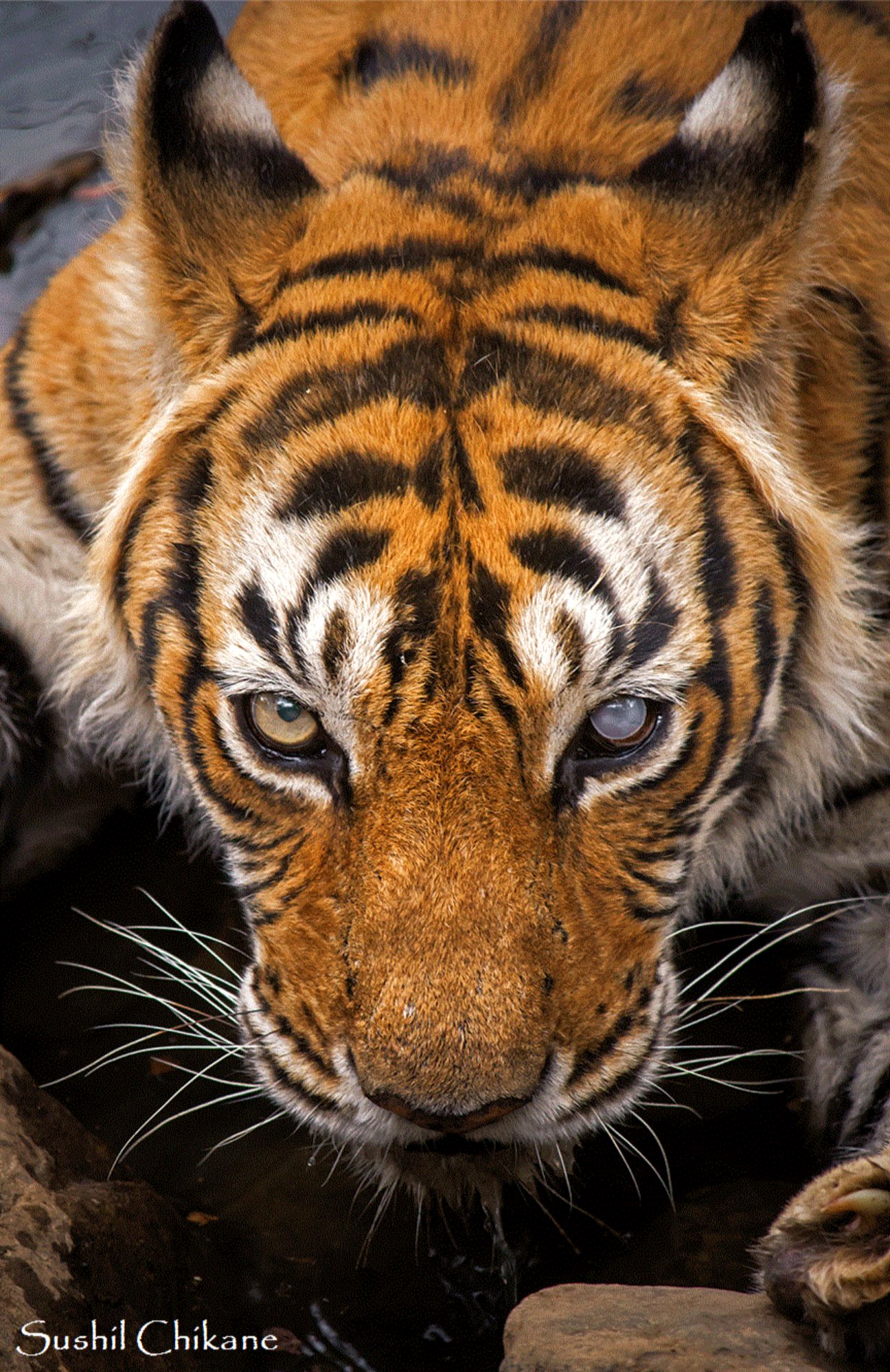
Machli inherited her name from her mother, Machali I, due to a fish-shaped mark on her face. (Image Courtesy- Machli, Ranthambhore TR, Sushil Chikane)
Matkasur, Tadoba-Andhari TR (TATR):
The dominant male of TATR, Matkasur is well-known for being Maya’s mate, with whom he fathered three litters. Matkasur rose to notoriety first when he killed a man who was squatting in the forest during TATR’s annual machaan based census in 2017. However, he wasn’t branded a man-eater and was allowed to continue living in the forest. He was then filmed fighting a sloth bear protecting her cub in 2018. Just in case you’re wondering, both animals stepped away from the fight and decided to call it quits.
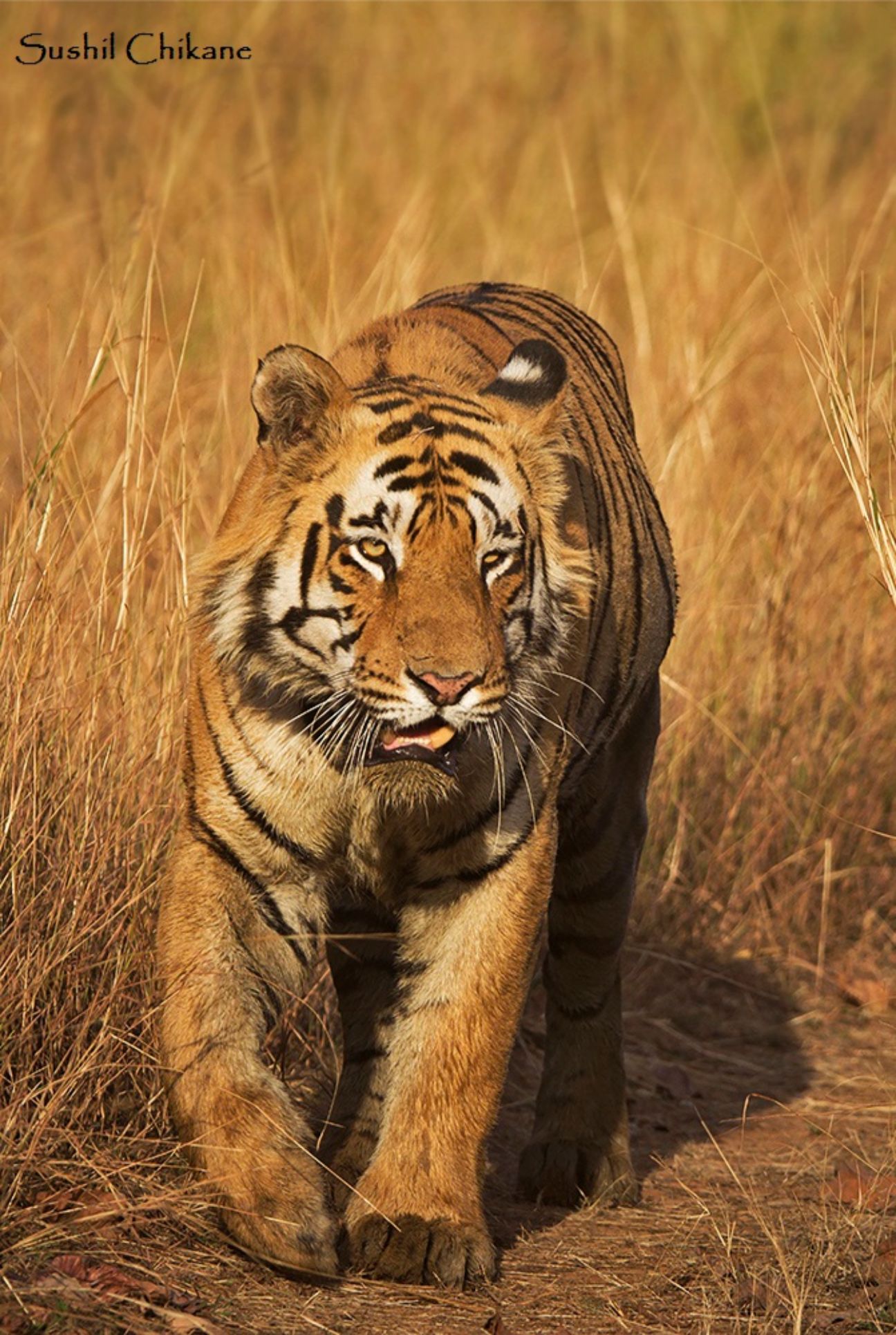
Matkasur, the Prince of Tadoba (Image Courtesy- Matkasur, TATR, Sushil Chikane)
Maya, TATR:
Maya is popularly known as the ‘Princess of Tadoba’. Born in 2010, she took over her mother’s territory soon after her death. She lost her first litter in 2014, raising tourists’ sympathies with her behaviour. She has been recorded to mate with multiple male tigers; a behaviour that experts think might help her protect her cubs. She currently shares her territory with Matkasur, another one of TATRs tiger superstars.

Maya is one of the most popular tigers in not only TATR, but also the whole of Central India (Image Courtesy- Maya, TATR, Lionel Falcao)
Noor, Ranthambore TR:
Noor is also known as Mala, Sultanpur Female, or T-39. She is a descendant of Machli’s sister, Chotti. She is also known as Mala because of the unique bead-like markings on her body resembling a necklace. She roams the Sultanpur range of Ranthambore where she has had at least four litters. Just like her relative, Machli, she knows how to play up to the tourist cameras!

Noor/Mala is sometimes referred to as ‘The Beaded Beauty of Ranthambore’. (Image Courtesy- Noor aka T 39, Ranthambhore TR, Sushil Chikane)
Paarwali, Corbett TR:
The wildlife of Corbett has been immortalised in Jim Corbett’s writings – but now the tigers of the reserve are becoming stars in their own names. Paarwali is one such rising star. Affectionately known as Paaro, her name Paarwali comes from the fact that she roams the territory beyond the Ramganga river.
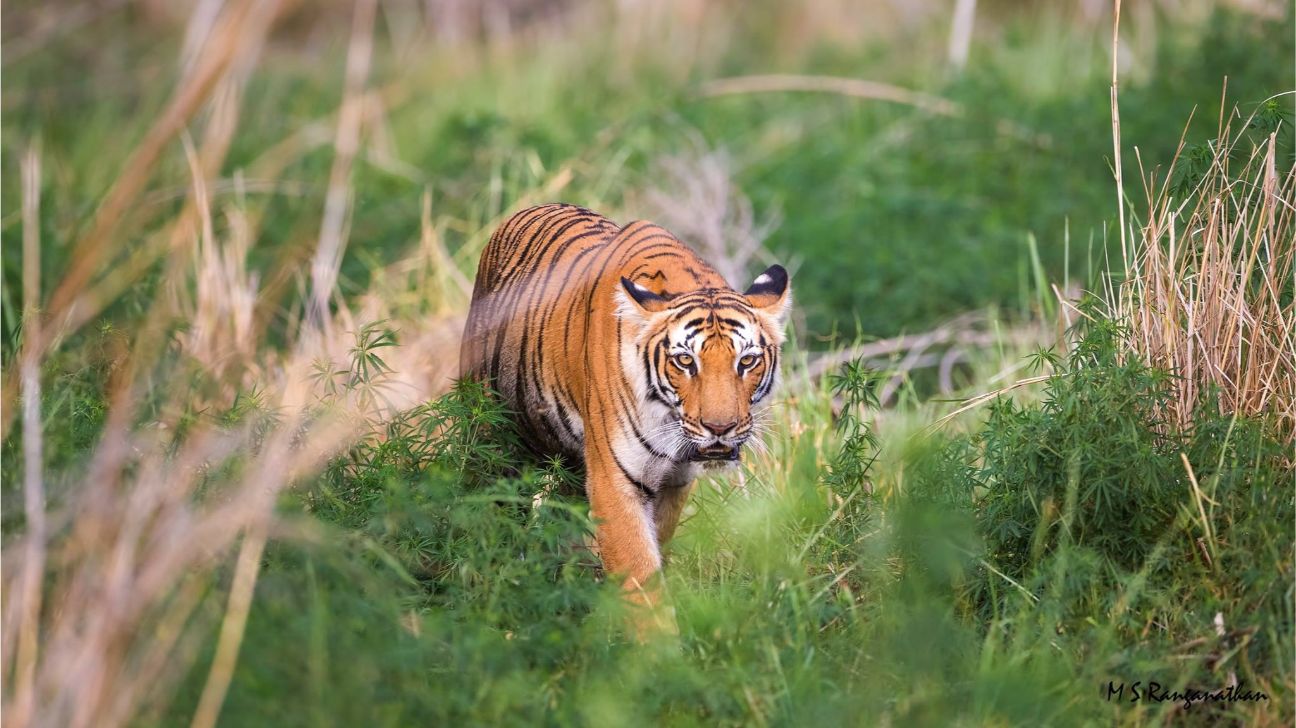
Paarwali was named by locals in the Dhikala range (Image Courtesy- Paarwali, Corbett TR, Ranga Nathan)
T1, Panna TR:
Panna had lost all its tigers except for one male in 2009. T1 was relocated to Panna TR from Bandhavgarh, along with another tigress and a tiger to help repopulate the park. Conservationists and wildlife enthusiasts rejoiced when she was spotted in 2010 with a litter of three cubs. Tigers in Panna have flourished since then, and T1 still rules the roost as the first Queen of Panna.
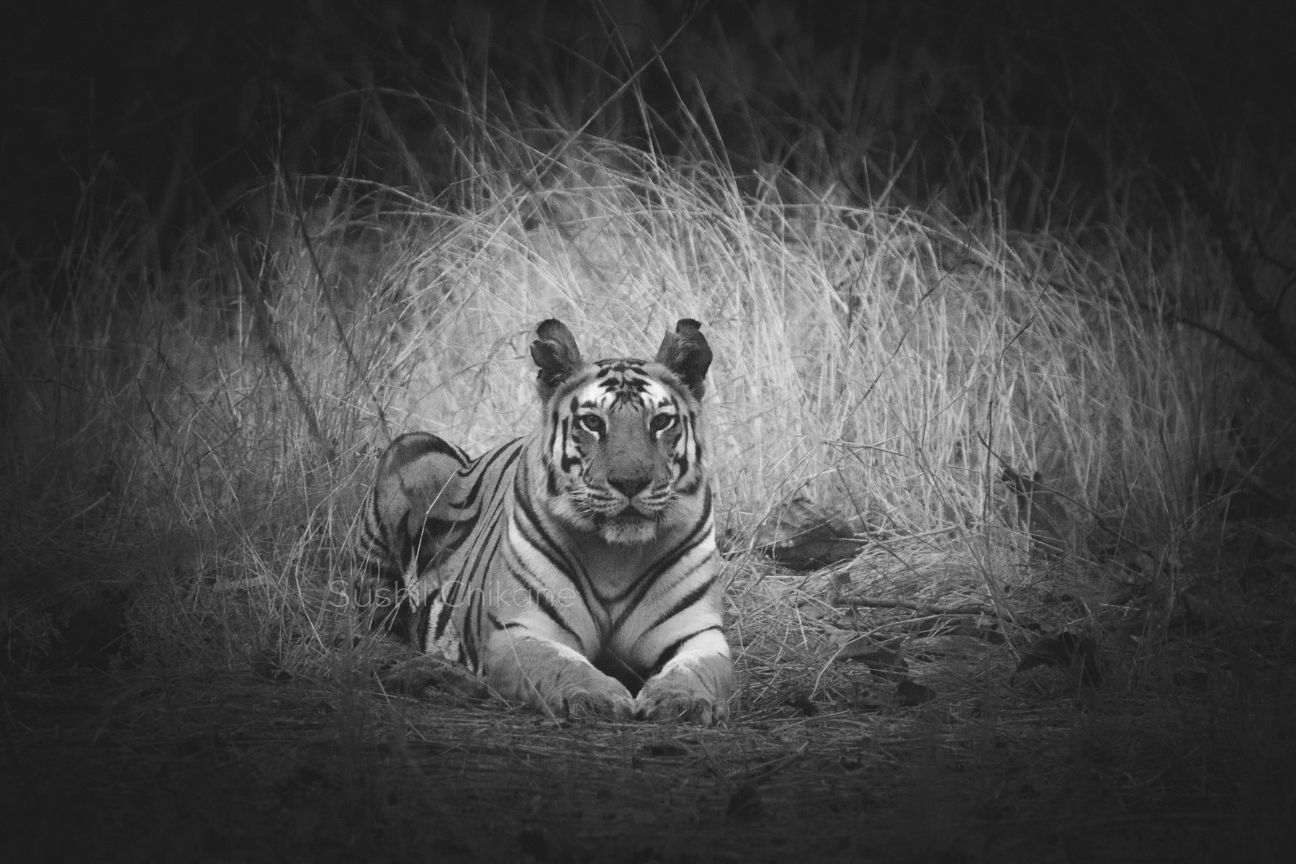
16th April is celebrated as T1’s cub’s birthdays! (Image Courtesy- T 1, Panna TR, Sushil Chikane)
Tiger Tank, Kabini Wildlife Sanctuary:
This oddly named tigress has earned her name as she frequents a ‘tank’ or waterhole that is maintained by the Forest Department. In a wildlife sanctuary that is known more for its leopards than tigers, Tiger Tank has certainly been delighting tourists with her frequent appearances.
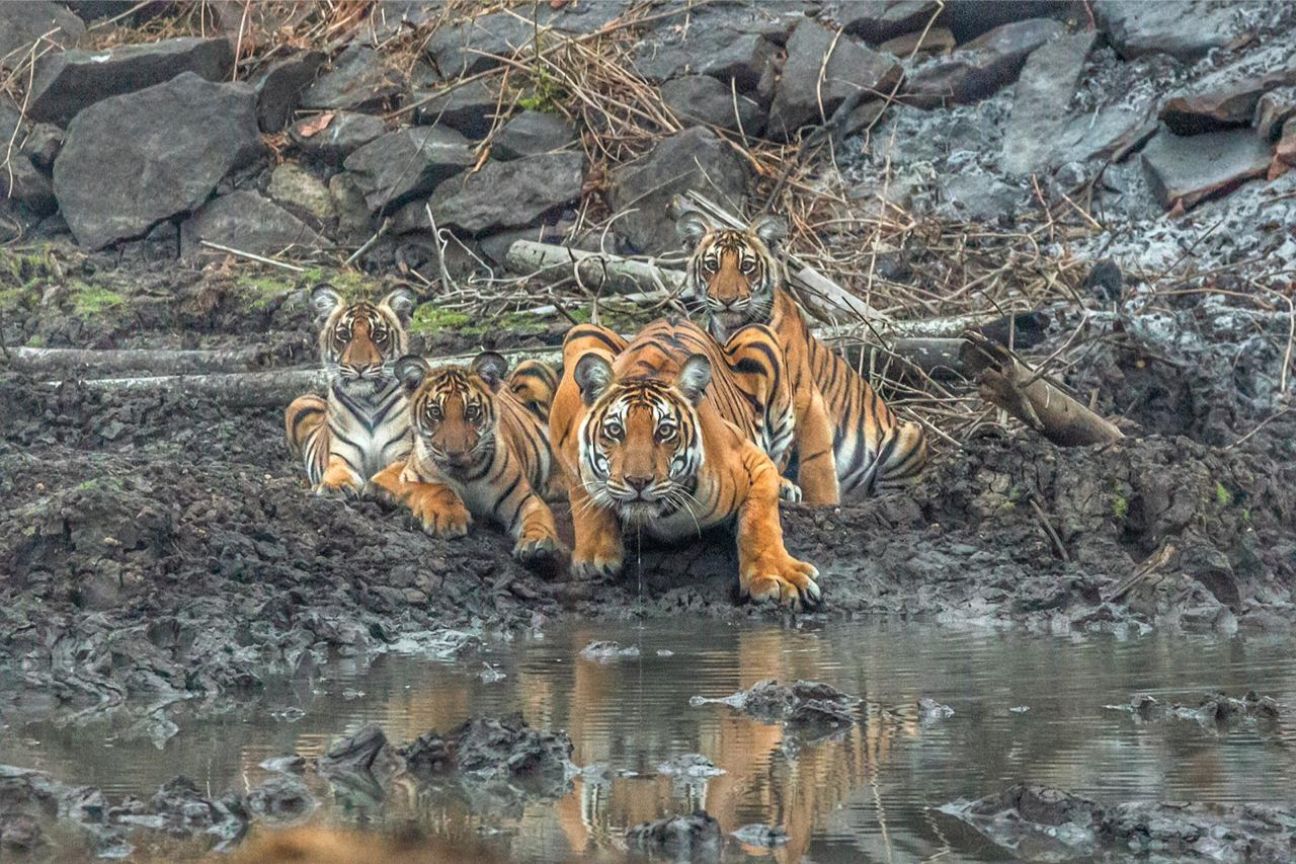
Tiger Tank went into hiding for a few months towards the end of 2015, but is now back in the spotlight! (Image Courtesy- Tiger Tank Female, Kabini- Lionel Falcao)
And there you have it -- a list of 10 tiger celebs, right here in our very own country. If you plan on heading out to get a glimpse of one of these beautiful animals, don’t forget to take your camera along -- you could post their pictures as a photo story here on Jeevoka!